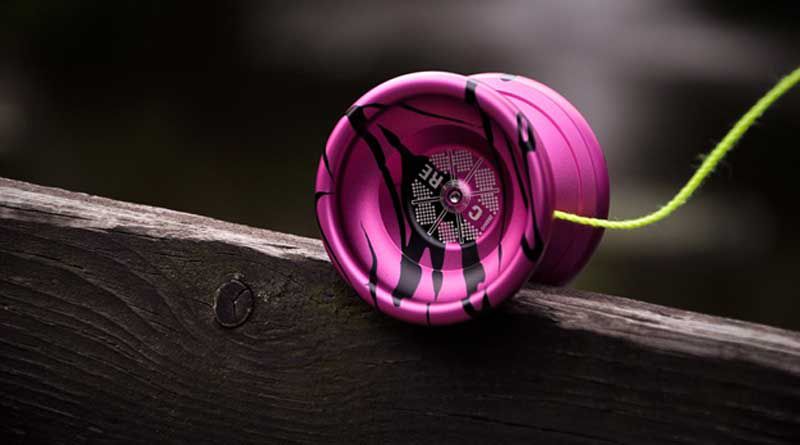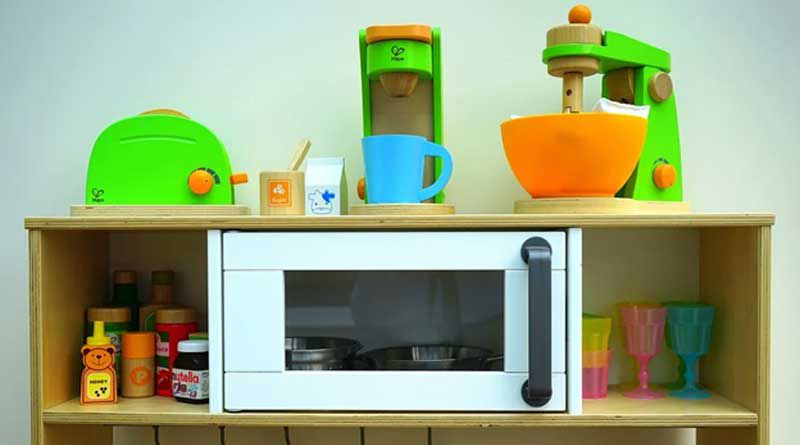What is plastic injection molding? For those who don’t know, plastic injection molding is a manufacturing process that allows people to produce custom plastic parts in production or prototype volumes.
Unlike other processes, injection molding provides excellent design flexibility, scalability, and cost-efficiency. This is particularly true in high-volume production.
Because of these benefits, among others, a lot of manufacturers find it extremely useful in a huge variety of product manufacturing operations.
Over the last several years, injection molding has become an extremely well-known method. Simply looking around, you may not notice how many day-to-day products and equipment have been produced through injection molding.
Today, we are going to share with you a couple of surprising things you should know about injection molding.
Bottles are the Most Popular Product
Bottles are the most well-known product created using plastic injection molding. The truth is that every year, injection molding produces billions of bottles of different sizes and shapes.

The process for plastic injection molding is extremely versatile. This leads to its use in the manufacture of many products and parts.
Aside from finding use in producing bottles, people use it regularly for toy parts, recreational items, electronic housings, consumer goods, commercial construction supplies, and automotive components.
Common Plastics for Injection Molding
Thermoplastics are often the most common materials in plastic injection molding. This type of plastic melts under high heat. You can also reheat it repeatedly to create new products over and over before it degrades.
You can also color thermoplastics with glitter and color additives. You can also use specialized additives to change the properties of thermoplastic when you use RYD injection molding OEM, which is one of the specialties of RYD Tooling.
Here are the most common thermoplastics that manufacturers use in injection molding:
Polycarbonate
It’s a type of resin that provides strength at an affordable price. It’s an extremely high-grade thermoplastic. Aside from that, polycarbonate is naturally transparent.
That is why it is an ideal material for medical equipment, such as pipettes, beakers, and test tubes. Manufacturers also use it to produce bulletproof glass, safety wear, and more.
High-Impact Polystyrene
HIPS provide excellent dimensional tolerance stability, impact resistance, and a hard surface. Thus, it’s great for machining. It also offers an excellent surface for aesthetic uses.
A lot of people use HIPS for signs since it provides you the ability to print on them. You can bond or blue it together. You can also add other materials for more design. A lot of manufacturers prefer this material since it is low in cost.
Polypropylene
For those who don’t know, polypropylene is perhaps the most manufactured and used plastic on Earth. It has a lot of properties. This includes insulation, flexibility, and chemical resistance.
Though it can degrade in UV exposure and is a flammable material, it’s still a well-known option in a lot of applications.
Nylon
People have been using this type of thermoplastic for more than 80 years already. It has a lot of variations and applications. It is one of the resins that companies use to create fabric. This includes carpet, cloth, and more.
Modern Yo-Yos Feature Plastic Injection Parts
Injection molding is the best solution when it comes to producing yo-yos. The process is extremely versatile. It allows designers to manufacture yo-yos of different colors and shapes.

For instance, manufacturers can mold yo-yos to be holographic, clear, or more using plastic injection molding. In addition to that, they can be adapted easily for various uses as well.
Injection Molding Uses More than 100,000 Types of Plastics
Since there are a lot of material options available for injection molding. You might have a hard time picking a suitable plastic for a particular application.
Fortunately, we can help. There are a couple of factors you need to think about when choosing a material for an injection molding operation.
Cost
The other properties we’re going to mention here will affect how the final product will perform. However, you also have to consider the budgetary constraints of your project whenever you’re picking the material.
Weight
Usually, manufacturers relate the weight of a material to its density. Thus, denser materials are usually heavy. On the other hand, less dense materials are light.
Flexibility
The material’s flexibility refers to its capability of withstanding bending under stress. When bent, materials have lower chances of breaking if they are flexible.
On the other hand, materials have higher chances of breaking if they are not flexible.
Hardness
It is often known as “Shore” hardness. The material’s hardness refers to how much it can resist indentation.
Manufacturers typically identify materials as either type A or type D. They will also provide a number from 0-100 to specify their particular hardness.
Take note, though, that these processes are carefully followed by professional factory workers who ensure utmost safety in the workplace such as wearing face masks and carrying portable hand sanitizers all the time.
Most Popular Products are Made from Injection Molding
Nowadays, a couple of the most extremely well-known items are manufactured using the injection molding process.
Since 1949, manufacturers have produced more than 400 billion Lego blocks. Due to their convenience and adaptability, plastic components are becoming more and more common. Plastic injection molding is used in a huge range of industries. This includes:
- Automotive
- Electronics
- Industrial
- Life sciences
- Food
- Medical
- Sports equipment
- Aerospace
Conclusion
Injection molding is an excellent technology for producing various parts and components. This is particularly true if you’re manufacturing a lot of them. Aside from that, injection molding is also helpful for finalized prototypes that people use to test consumer products.
The things mentioned above are simply some of the surprising things you should know about injection molding. If you want to learn more, there are a lot of other sources online that you can use.

Namaste UI collaborates closely with clients to develop tailored guest posting strategies that align with their unique goals and target audiences. Their commitment to delivering high-quality, niche-specific content ensures that each guest post not only meets but exceeds the expectations of both clients and the hosting platforms. Connect with us on social media for the latest updates on guest posting trends, outreach strategies, and digital marketing tips. For any types of guest posting services, contact us on info[at]namasteui.com.

